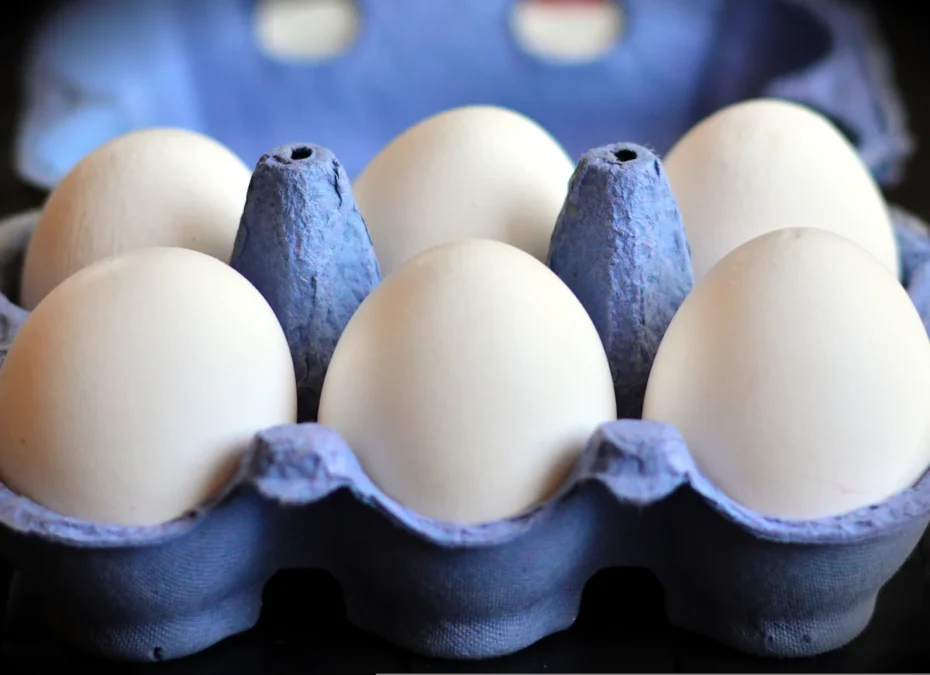“What is the surcharge on eggs?” I asked our server as she poured us cups of coffee.
I was perusing the somewhat apologetic sign on the restaurant table. The increase in egg prices had caused them to charge customers a little extra for eggs.
“It’s $30 per egg,” she said.
“$30?” I asked with a wide-eyed grin. I figured she misspoke.
“Oh, I meant 30 cents an egg,” she laughed.
“I think I need a cup of coffee, too,” she said. “I’m already tired.”
I could handle the extra 60 cents for my egg dish, but $60 would have paid for some groceries for the week.
When I stopped at the grocery store later, I noticed the egg case was not full of cartons. The price for eggs was $6.50 per carton.
In some areas of the U.S., that price would be considered a bargain.
Let’s do some “egg math.” A large egg weighs about 2 ounces. At $6.50 per carton, the dozen eggs I bought were 54 cents per egg, or 27 cents per ounce. That includes the weight of the shell, by the way.
I placed a dozen eggs in my cart. I can do without a fancy coffee drink for a dozen eggs. I usually make my own coffee at home, anyway.
Many of us have experienced sticker shock in the egg aisle these days. Unfortunately, avian flu (or “bird flu”) has spread through the chicken population, causing widespread slaughter of chickens to stop the spread. Fewer chickens mean fewer eggs.
Eggs are in somewhat short supply, and prices have jumped 50% or more in many locations.
I have great appreciation for the role of eggs in food preparation and nutrition. Eggs help bind ingredients together, thicken mixtures and contribute rich flavor. Eggs trap air so baked goods can rise.
Years ago, eggs had a bad reputation in nutrition, but researchers have shown that most healthy people can have an egg a day without consequences. Yes, eggs contain cholesterol, but the type of cholesterol in eggs is not the same as the type of cholesterol in the body.
An egg has 70 calories, 6 grams of protein, 5 grams of fat, some vitamin D, calcium and potassium. Egg protein is a gold standard in nutrition because our bodies can digest it readily.
For safety, be sure to avoid cross-contamination of raw eggs with ready-to-eat foods. Restaurants that serve sunny-side-up eggs usually have a warning label on their menus to inform the public.
What if these egg prices are too high to manage? You might have a friend with a flock of chickens willing to share. Many cities allow people to keep a few backyard chickens. Check out NDSU Extension’s “Beginners Guide to Raising Chickens” to learn more.
In many locations, people who raise chickens can sell eggs directly to the consumer without going through a retail store. If you raise chickens and have a surplus to sell, check on the local regulations.
Eggs last up to five weeks in your refrigerator but lose their quality with time. If you have too many eggs to use, be aware that you can remove the eggs from their shells and freeze them.
Egg whites can be frozen “as is” in ice cube trays and then placed in freezer bags. Egg yolks need a little special treatment, or they could become gummy in texture. For every four yolks, beat in 1/8 teaspoon salt or 1 ½ teaspoons sugar, then freeze. Be sure to label the freezer container with the contents, date and amount.
Some egg substitutes may be tried in baked goods. Some recipes include ¼ cup applesauce, ¼ cup mashed banana or ¼ cup vegetable oil for one egg. This requires a little experimentation.
Other substitutes for one egg include 1 tablespoon ground flax flaxseed plus 3 tablespoons water in baked goods. A combination of 2 tablespoons water, 1 teaspoon oil and 2 teaspoons baking soda is another mixture to substitute for one egg in baked goods. Others have used “aquafaba” or the liquid remaining after cooking lentils or dry beans.
If you are attempting to curtail your use of eggs during the present pricing, consider egg-free recipes formulated to be tasty. This recipe is from a publication in the NDSU Extension series “All About Food Allergens.”
Banana-Blueberry Bread (without eggs)
¼ cup butter
¼ cup vegetable oil
1 cup sugar
1½ cups ripe bananas, mashed
2 teaspoons vanilla extract
2 cups all-purpose flour
1 teaspoon baking soda
½ teaspoon salt
1 cup fresh blueberries (rolled in flour before gently adding)
In a large bowl, cream butter, oil and sugar until light and fluffy. Add the banana and vanilla. Beat mixture until well combined and smooth. Meanwhile, combine flour, baking soda and salt. Gradually add dry ingredients to creamed mixture and beat just until combined. Dust blueberries with flour to prevent sinking and fold into the batter. Pour batter into two greased 5 ¾-by-3-by-2-inch loaf pans. Bake at 350 F for 30 to 35 minutes or until a toothpick inserted in center comes out clean.
Makes 32 servings. Each serving has 90 calories, 3.5 grams (g) fat, 1 g protein, 15 g carbohydrate, 0 g fiber and 70 milligrams sodium.
(Julie Garden-Robinson, Ph.D., R.D., L.R.D., is a North Dakota State University Extension food and nutrition specialist and professor in the Department of Health, Nutrition and Exercise Sciences.)




